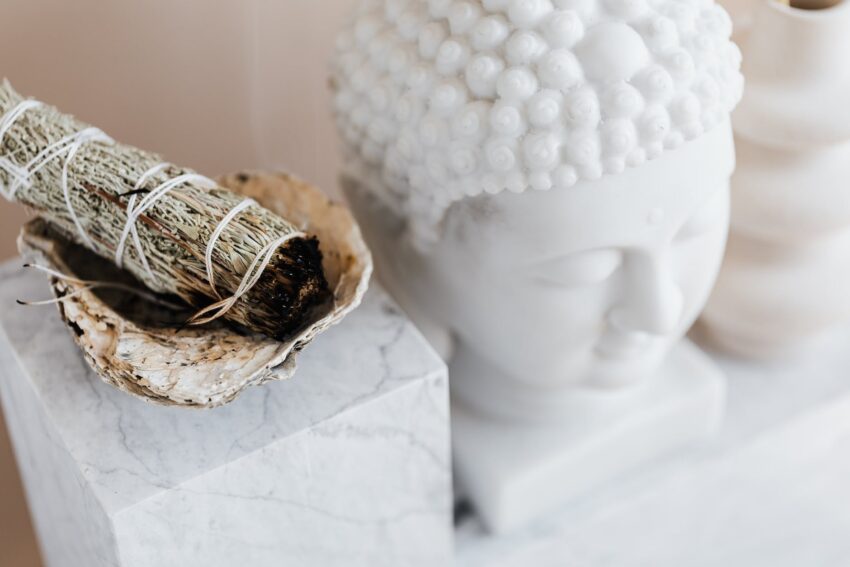Psychedelics have played an important role in shaping human culture from antiquity to the present day. From spiritual rituals to groundbreaking art, the influence of psychedelics is ubiquitous across different cultures.
The use of psychedelics in ancient cultures is well-documented. Historically, indigenous tribes and ancient civilizations like the Aztecs and the Eleusinian Mysteries in ancient Greece used plant-based psychedelics for ritualistic, medicinal, and recreational purposes. This historical use of psychedelics often took place in ceremonial contexts, or what anthropologists refer to as “psychedelic rituals.”
Psychedelic rituals often incorporated the use of substances such as psilocybin (magic mushrooms), peyote and Ayahuasca. These rituals would induce altered states of consciousness, resulting in spiritual experiences that many cultures considered an avenue to divine inspiration and wisdom. This link between psychedelics and religion formed a central aspect of what we can call psychedelic spirituality.
Entering the modern era, psychedelics had a significant cultural resurgence in the 1960s, a crucial moment in the evolution of the psychedelic movement. The counterculture of the 60s associated with Hippie movements gravitated towards the substances not only for recreational use but also as tools for progressive social change.
Psychedelics played a significant role in the formation of the psychedelic counterculture which strongly advocated for peace, love, and harmony. This countercultural wave greatly influenced many facets of society, including art, music, and literature.
The cultural impact of psychedelics was profound in the artistic sphere. Psychedelic art and music were characterized by vibrant colors, complex patterns, and surreal symbolic content reflecting the psychedelic experience. The likes of Jimi Hendrix, The Grateful Dead, and Pink Floyd were fundamental in weaving the psychedelic experience into music.
Likewise, psychedelics had a profound influence on literature. Works such as “The Doors of Perception” by Aldous Huxley and “One Flew Over the Cuckoo’s Nest” by Ken Kesey incorporated experiences of psychedelic use. This genre, which can be termed psychedelic literature, expanded the conventional boundaries of storytelling and perception.
The vast cultural impact of psychedelics has extended beyond art and literature into broader social discourse. Increasingly, scientific research is reevaluating the therapeutic potential of these substances in treating mental health disorders, challenging traditional taboos. Psychedelics have also peaked the interest of philosophers and theorists interested in their impact on consciousness and the nature of reality. They have been instrumental in creating alternative thought patterns that question conventional social constructs.
In conclusion, the tapestry of human history, culture, and spirituality is richly interwoven with the profound influence of psychedelics. From the sacred rituals of ancient civilizations to the colorful counterculture of the 60s, and today’s emergent psychedelic research, these substances have sparked curiosity, inspired artistry, and incited revolutionary thought. By appreciating this history, we become better equipped to engage in the continued exploration of these powerful substances and their promising future. The story of psychedelics is not just about their role in our past, but also about their contribution to humanity’s future.
Sources:
Frontiers in psychology, “Use Patterns and Motivational Factors for Taking Psychedelics”
Journal of Transpersonal Psychology, “Varieties of Religious Experience Centennial Conference”
Theory, Culture & Society, “Freaks or Professionals? The Contested Role of Corporate Psychedelic Science”
Psychedelia Britannica: Psychedelic Fiction in Post-war Britain, “Pharmakon: Drugs, Madness and Civilization in Modern Britain”
Plos One, “Psychedelic drug use in healthy individuals: A review of benefits, costs, and implications for drug policy”
